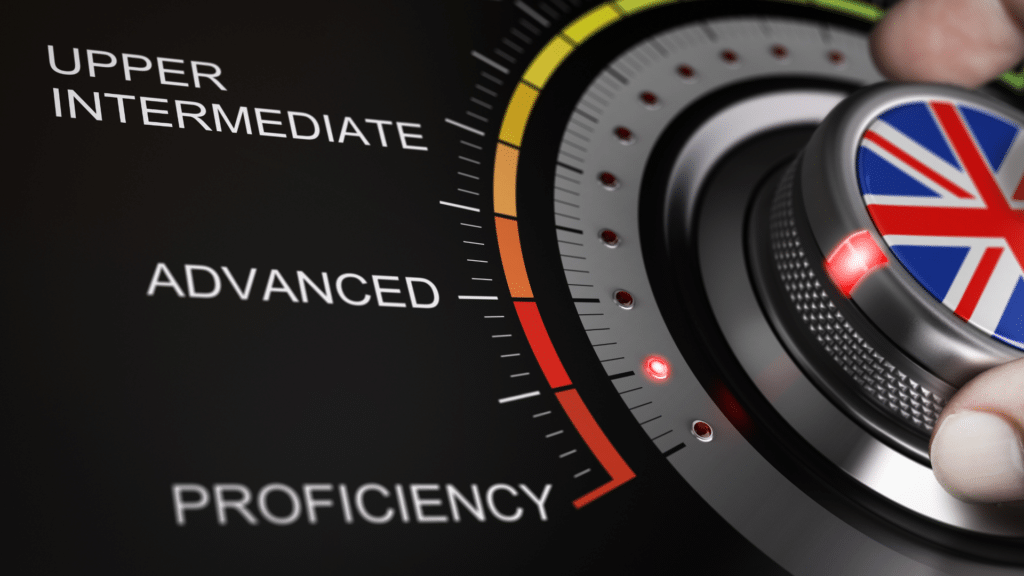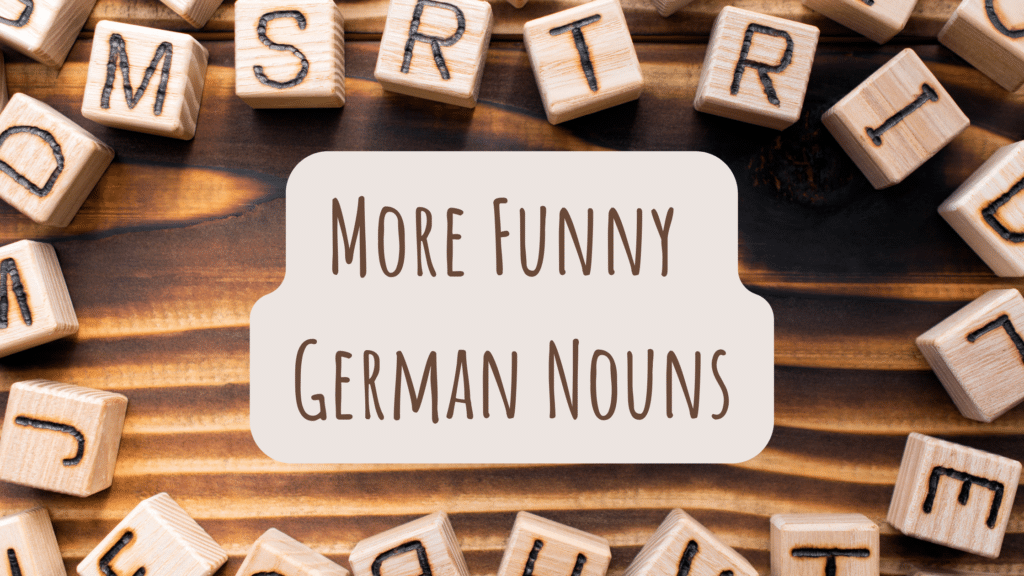
Your Proficiency Level According to the ACTFL Proficiency Guidelines
As you learn a new language, it is natural to want to know how far you have progressed in your language skills without having to take a test every time. In this article, you will be able to determine your proficiency level according to the ACTFL Proficiency Guidelines.

ACTFL stands for American Council on the Teaching of Foreign Languages and is an individual membership organization with more than 13,000 members. Membership comes from the areas of education (elementary through graduate), administration, government, and industry. It is the accepted expert in language learning and teaching in the United States. ACFTL developed its language proficiency guidelines in 2012, and they are used by language instructors all over the US to frame lesson plans, to choose appropriate activities according to the different levels, and to determine their students’ proficiency levels. There are 5 levels of proficiency according to the ACTFL proficiency guidelines: Novice, Intermediate, Advanced, Superior, and Distinguished.

The Novice, Intermediate, and Advanced levels are broken up into Low, Mid, and High. Superior is considered near native, and Distinguished would be the same level as a native speaker. Modes of communication to be evaluated are Speaking, Listening, Reading, and Writing. As you progress in your language studies, realize that you may not progress at an equal level in all four of these modes of communication. Let’s take a look at the starting level of Novice with its three levels.

Novice
Low Those in the Novice Low level of proficiency are not able to communicate using the language. Their attempts at communication are mostly unintelligible. With time and much prompting, they may be able to understand and communicate information relating to greetings, name exchange, and very familiar objects in their immediate environment.
Mid Those in the Novice Mid level of proficiency have a minimum level of communication using memorized words and phrases that they have learned in their language classes. Responses to direct questions are usually two or three words that are likely memorized phrases. Pauses are normal and make it difficult for even speakers who are very experienced with interacting with language learners.
High Learners at the Novice High level of proficiency are able to communicate in predictable social situations. Conversation is limited to a few topics necessary for survival in the target language. Topics are basic information about oneself, basic objects, basic activities, a person’s preferences, and basic needs. Using and recombining learned phrases with phrases heard being used by their language partner, Novice High learners can frequently convey their meaning although misunderstandings may be normal but can be explained after repetition or rephrasing.

Intermediate
Low At the Intermediate Low level, learners will start to be able to create with words and phrases they have learned in or to successfully communicate in uncomplicated social situations. They can talk about themselves and their family, their daily activities, preferences, and order food or make purchases at stores. They can ask some basic questions and struggle to respond to direct questions requesting information. They combine what they know with what they hear their language partner saying to hesitatingly express their meaning.
Mid Intermediate Mid learners are still at the same level as Intermediate Low, but they can use their skills in a few more contexts such as adding travel and lodging to their ability to order food and do shopping. They are still reactive when it comes to being questioned, but they are able to ask a variety of questions regarding basic needs. For the first time, these learners are able to use sentences and strings of sentences that for the most part are not necessarily influenced by their native language’s vocabulary, pronunciation, grammar, or syntax.
High At an Intermediate High level, learners are able to easily and confidently communicate in routine tasks and straightforward social situations. These learners at times can speak in paragraphs in all time frames (past, present, future) about things such as work, school, pastime activities, and interests. Native speakers can generally understand them despite some interferences by use of false cognates, a random word in the learner’s native language, and use of literal translation.

Advanced
Low Learners at the Advanced Low level are able to communicate in most formal and informal situations they encounter on a daily basis. They can narrate in all major time frames (past, present, future) in paragraph format, though paragraphs tend to be free-standing rather than connected to one another. At this level, the native language still interferes with the use of false cognates, literal translations, and paragraph structure. There is also a large amount of self-correction. Verb endings are still not always accurately used, and vocabulary is not very specific. Despite these interferences, meaning is clearly conveyed without confusion, although they may be asked to repeat or restate things.
Mid When learners have reached the Advanced Mid level of fluency, they are able to do daily communicative tasks even when being presented with a complication such as an unknown word or concept. They use circumlocution and rephrasing to maneuver these unexpected situations. Their speech is no longer stilted and full of pauses. It is characterized by flowing speech. Vocabulary is generic but extensive. Their communication is clear and accurate and is not misunderstood or confusing.
High An Advanced High learner has almost reached the Superior level of fluency. They are very able to compensate for an incomplete ability to use the verb forms and vocabulary limitations by the use of paraphrasing, circumlocution, and illustration. What separates this level from the Superior level is their inability to present a fully supported argument or hypothesis about a variety of concrete and abstract topics.

Superior
Those who have achieved a Superior Level of fluency are able to communicate in an extended discourse on a variety of formal and informal contexts about both concrete and abstract concepts. Their discourse is detailed, accurate, and without unnatural hesitation. For the most part their errors are few and far between and occur only in low-frequency structures or extremely complex structures. Language patterns may still be influenced by the native language, but this does not distract from their message.

Distinguished
Distinguished speakers have reached the highest level that a non-native speaker can reach. They can speak on any topic in a culturally appropriate manner. They can create hypothetical or persuasive discourses for a variety of audiences by adjusting their register. They use cultural and historical references. At this level, a few things that may still be present are a non-native accent, a non-native way of expression, a lack of understanding of lesser-known cultural references, and a language error or two.






Responses